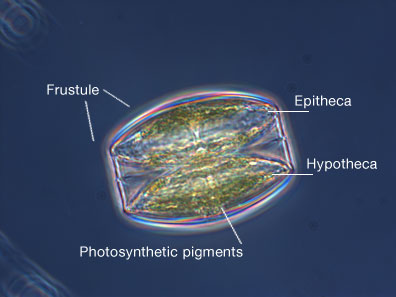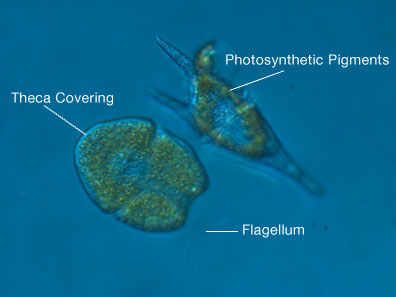Tuesday, November 20, 2012
Meroplankton versus holoplankton and other planktons
Plankton comes in many shapes and sizes – from organisms so small you’d need a microscope to see them to large jellyfish! As we mentioned in the last post, there are zooplankton (animal-like plankton) and phytoplankton (plant-like plankton). But there are lots of other subgroups of plankton! There are meroplankton and holoplankton and diatoms and dinoflagellates…but what do all these words mean?
Meroplankton are plankton for only part of their lives (usually the larval stage). Common examples are the larvae of sea stars and urchins. Some meroplankton, like polychaete worms, go back to being plankton later in life!
Holoplankton are plankton for their entire lives. They can be either phytoplankton or zooplankton. One well-known example of this is the Portuguese Man-of-War.
Diatoms are a type of phytoplankton that are encased with unique silica cell wall called a frustule. They are mostly unicellular but can exist as colonies. They usually have two asymmetrical sides with a split (hence the name).
Dinoflagellates are protists that often have two flagella (whip-like appendage), allowing them limited movement. They have a sheath-like covering called a theca.
So as you can see, there are LOTS of different types of plankton. Any given plankton can be a meroplankton or a holoplakton; a zooplankton or a phytoplankton; a diatom or a dinoflagellate! Next time you’re near the water just think about what different creatures might be drifting by!
Subscribe to:
Post Comments (Atom)





Man'o'war is NOT planktonic. It is a member of the neuston, given that it floats on the sea surface.
ReplyDeleteA neuston is a type of plankton. Being planktonic means that you can't move of your own free will, but instead use the currents and waves as your mobility. Neuston are literally defined as "plankton that are found on the surface."
Deleteactually, Portuguese man-o-war would be considered PLEUSTON, partially above and partially below the water. Neuston are just under the surface.
DeletePlankton are a diverse group of organisms that live in the water column of large bodies of water and that cannot swim against a current. They provide a crucial source of food to many large aquatic organisms, such as fish and whales.
ReplyDelete